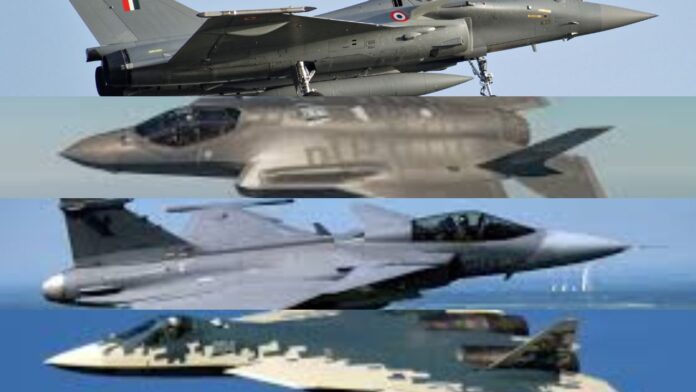When US President Donald Trump proposed to sell a couple of F-35s to India, during Prime Minister Narendra Modi’s visit; it stirred the pot quite substantially everywhere including the latter’s grousing neighbour to its west. What people miss is that it has been happening for a long time. The only difference is that the US President has been vocal about it in his own quirky style.
India is going to ask for bids to acquire 114 multirole fighter aircraft (MRFA) this year according to The Economic Times report. This has been long due as per the requirement analysis of the Indian Air Force. The MRFA contest, long a subject of intense domestic debate and international scrutiny, now finds four leading contenders – the American F-35 Lightning II, Russia’s Su-57, France’s Rafale, and Sweden’s Gripen, vying for a contract that would redefine the capabilities of the Indian Air Force (IAF) and also the strategic scenario of this region. The stakes are as high as the skies above. The nuances of the contest, the technical prowess of aircraft, the broader strategic imperatives at play, and the challenges that lie ahe.
The MRFA Programme in Context
India’s MRFA programme is emblematic of a broader shift in the nation’s defence procurement strategy. The program will emphasise indigenous production, technology transfer, and long-term sustainability. The programme reflects India’s desire to exalt its defence industrial base while simultaneously addressing immediate operational requirements. The decision to open up the competition to global contenders marks a departure from past practices and signals a willingness to embrace diverse technological philosophies.
For decades, the IAF has relied on a mix of domestically produced and imported aircraft. But, regional security challenges are intensifying, threats evolving, and technologies advancing. The need for a next-generation fighter for varied combat roles has become a strategic imperative. The MRFA contest is, therefore, a high-stakes battle with considerations of performance metrics, geopolitical alliances, and industrial policy.
The Contenders
F-35 Lightning II: America’s Stealth Vanguard
The United States has promoted the F-35 as a transformative platform with advanced stealth, sensor fusion, and networked warfare capabilities. In discussions with India, US officials have highlighted its interoperability with Western systems and the prospect of integrating cutting-edge technology. Analysts also point out that while the platform offers considerable technical sophistication, its long-term operating expenses and integration into India’s existing infrastructure require careful evaluation.
Recent updates from production and testing programmes suggest that the F-35 continues to improve its operational readiness, even as export orders from various allies swell. For India, the appeal of the F-35 lies in its promise of situational awareness and interoperability with Western forces.
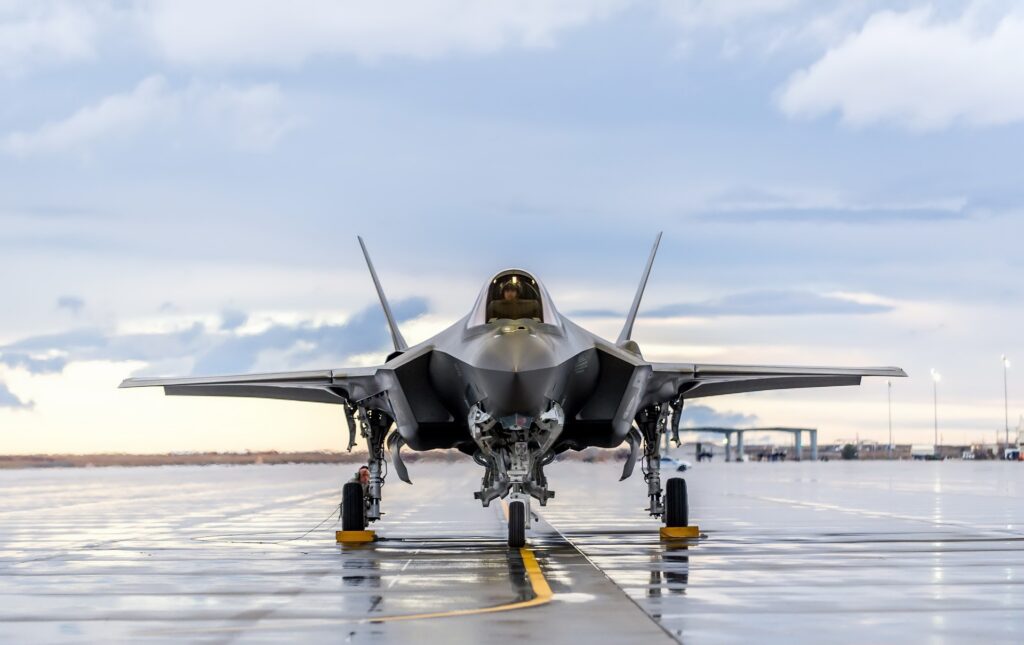
Su-57: Russia’s Fifth-Generation Contender
In response to Trump’s F-35 call, Russia has also vocally pitched the Su-57 entry into the fifth-generation fighter market. It emphasises manoeuvrability, advanced avionics, and a reduced radar cross-section. Su-57, Russia’s answer to the demand for stealth and agility in aerial combat is an alternative to modern fighter design. Built around a combination of super-manoeuvrability, advanced avionics, and integrated weapons systems, the Su-57 represents Russia’s ambition to reassert its influence in the global fighter market. Despite a series of developmental challenges and delays, the Su-57 has gradually moved from concept to limited operational deployment.
For India, the Su-57 is an attractive proposition not least because of its historical ties with Russian defence technology. Recent news indicates that the Russian manufacturer is working diligently to overcome challenges, though industry experts warn that the path to mass production may still be fraught with uncertainties. Its pricing is well within India’s reach though. Nevertheless, reports in defence journals and independent analyses have raised concerns about the Su-57’s developmental delays, limited operational experience, and production scalability. These factors have led some experts to advise caution, emphasising the need for further demonstration of the platform’s reliability and support infrastructure before it can fully meet India’s operational requirements.
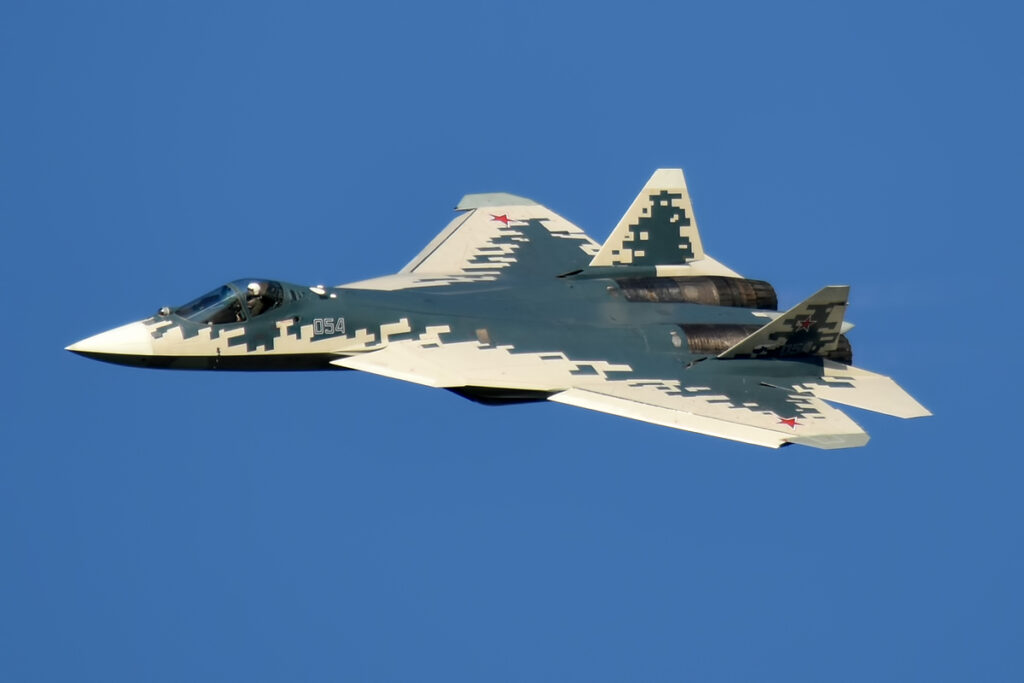
Rafale: France’s Proven Workhorse
France’s Dassault Rafale is not a new entrant in the Indian market, India already operates a variant of this multi-role fighter and has also placed an order for its marine variant. French proposals for additional Rafale orders have focused on the aircraft’s proven combat record, operational reliability, and the smooth integration it offers with India’s existing systems. Recent negotiations have also included discussions on technology transfer and local production to support India’s Make in India initiative.
Critics note that while the Rafale’s capabilities are well established, it lacks some of the next-generation features, such as stealth, that other contenders are promising, which may be a factor in a broader evaluation of future-proofing India’s air combat capabilities. The Dassault Rafale, a multi-role fighter with a robust combat record, has been a fixture in many Western air forces.
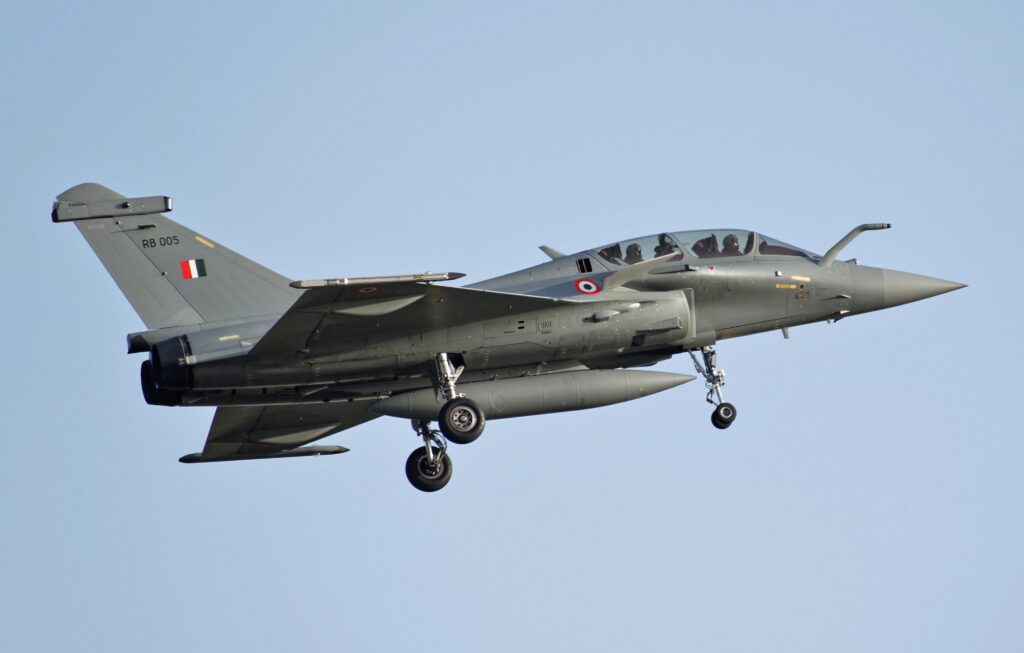
Gripen: Sweden’s Nimble Innovator
The Gripen, crafted by Saab, has been trying to enter the Indian market for a very long time. It has been presented as a flexible and cost-effective option tailored for countries with budget constraints. Swedish officials have emphasised its ease of maintenance, open architecture, and the potential for significant technology transfer and local manufacturing. This approach is intended to resonate with India’s desire for a sustainable, long-term partnership.
Despite these strengths, some defence analysts have observed that the Gripen’s design does not prioritise stealth or the advanced sensor integration seen in platforms like the F-35. As a result, while it may offer favourable lifecycle costs and operational simplicity, questions remain as to whether its capabilities can fully address the evolving threats in India’s operational environment.
For India, the Gripen’s proposition is particularly compelling when considering the long-term costs of operating advanced fighter jets. With a focus on local production and technology transfer, a model that resonates with India’s Make in India initiative, the Gripen offers a blueprint for sustainable defence capability enhancement.
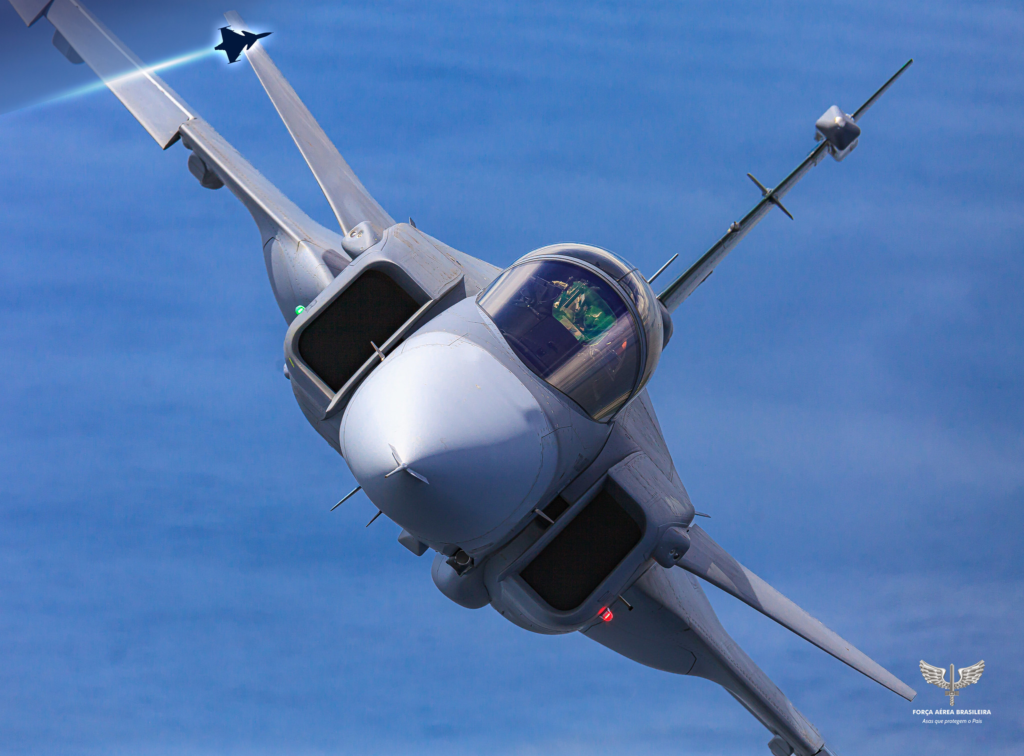
Technical Comparisons
While each contender boasts unique technical strengths, the decision for India’s MRFA will hinge on a complex interplay of factors. Beyond the surface-level comparison of speed, manoeuvrability, and stealth, a deeper analysis reveals the importance of systems integration, sensor fusion, and networked warfare capabilities.
Stealth and Survivability:
The F-35’s stealth design remains its most celebrated feature, enabling it to penetrate defended airspace with a reduced risk of detection. The Su-57, while not as stealthy as its American counterpart, still incorporates measures to reduce its radar signature. In contrast, the Rafale and Gripen, though not designed primarily for stealth, rely on advanced electronic warfare suites and agile manoeuvrability to ensure survivability in contested environments.
Avionics and Sensor Integration:
Sensor fusion is a hallmark of next-generation fighter jets. The F-35’s ability to integrate data from multiple sources, radar, infrared sensors, and external networks, creates a comprehensive battlefield picture that enhances decision-making. The Rafale and Gripen have also invested significantly in advanced avionics, though their systems are often seen as more modular, allowing for incremental upgrades. The Su-57, meanwhile, is in the process of refining its sensor fusion capabilities, a development that could determine its competitiveness in future engagements.
Cost and Lifecycle Considerations:
Acquiring an aircraft is only the first step in a long-term commitment. The lifecycle costs, including maintenance, training, and upgrades, form a crucial part of the decision-making process. Here, the Gripen’s reputation for cost-effectiveness offers a clear advantage, while the F-35’s high operating costs might be a deterrent unless offset by strategic benefits. The Rafale, with its proven maintenance record, provides a middle ground, and the Su-57’s relatively unproven long-term sustainability remains a subject of debate among defence analysts.
Interoperability and Technology Transfer:
In the modern security paradigm, interoperability with allied forces and the ability to integrate seamlessly into joint operations are critical. The F-35’s design philosophy is predicated on networked warfare, a feature that resonates well with India’s evolving strategic partnerships, particularly with Western democracies. Conversely, the Su-57 might be more appealing to those favouring a diversified supplier base, given India’s historical reliance on Russian technology. The Rafale, already integrated into India’s operational framework, and the Gripen, with its promise of local co-production and technology transfer, offer alternatives that are as much about economic and industrial policy as they are about combat performance.
Geopolitical Implications and Strategic Calculations
The MRFA contest is not occurring in a vacuum. Each aircraft, along with its associated industrial and technological packages, carries significant geopolitical weight. For India, the decision will signal its strategic leanings.
US-India Strategic Nexus:
Opting for the F-35 could cement the burgeoning defence ties between India and the United States. Defence collaborations have expanded hugely, with joint exercises, technology sharing, and a mutual interest in counterbalancing regional adversaries. However, embracing the F-35 also means going through a complex web of restrictions and dependencies that come with American technology. This means stringent export controls and long-term maintenance contracts.
Russian Legacy and Modernisation:
Historically, Russia has been an all-weather friend of India’s defence procurement. It has provided a steady supply of equipment and technology. The Su-57 represents a continuation of that legacy, yet it also symbolises Russia’s ongoing efforts to modernise its military offerings. Should India decide to incorporate the Su-57, it would reaffirm a traditional partnership even as it signals an openness to newer, stealthier technology. Yet, there is an inherent risk: the political dynamics between Russia and Western nations may complicate technology transfers and joint production efforts.
European Options and Industrial Synergies:
The Rafale and Gripen offer pathways that are deeply intertwined with European industrial capabilities. France, in particular, has a well-established record of forging defence partnerships that extend beyond mere sales; the Rafale programme in India has already demonstrated this through collaborative upgrades and shared maintenance protocols. The Gripen, meanwhile, promises a nimble and cost-effective solution, coupled with opportunities for local manufacturing that could stimulate India’s aerospace sector. In an era where economic self-reliance is increasingly prioritised, these factors might tip the scales in favour of European options. It will face similar restrictions as it did with S-400 procurement.
Local Industrial Participation:
A recurring theme in India’s defence acquisitions has been the emphasis on local production and technology transfer. The Make in India initiative is not merely a slogan but a strategic directive aimed at reducing reliance on foreign suppliers while nurturing indigenous capabilities. The MRFA programme is expected to incorporate significant offsets and co-production requirements, meaning that the final decision will not only be about the best aircraft on paper but also about which offer best aligns with India’s broader industrial and economic objectives.
Production, Integration, and Beyond
Integrating a new class of fighter jets into an existing operational framework is a complex undertaking. The IAF must consider training regimes, pilot conversion courses, and the establishment of new maintenance and support infrastructures. The Rafale, already in service, has an operational advantage in this regard. The F-35, with its radically different technology ecosystem, would require significant adaptations. Similarly, while the Gripen’s modularity might simplify some aspects of integration, any new technology inevitably demands a period of adjustment. The Su-57, being the least proven in an operational context, faces the dual challenge of both technological maturity and systems integration.
The ongoing global supply chain challenges and the evolving dynamics of international trade add another layer of complexity. The F-35 programme, though expansive, has experienced its share of production delays and cost overruns. The Su-57’s production numbers are limited, and scaling up to meet India’s requirements could be fraught with logistical and technical hurdles. In contrast, the Rafale’s established production line and the Gripen’s reputation for agile manufacturing may provide India with greater assurance of timely delivery and sustained support.
Even as strategic imperatives push for the acquisition of next-generation fighters, budgetary constraints and long-term cost considerations remain paramount. The high acquisition and maintenance costs associated with the F-35 can be offset by its technological edge. But these factors have to be balanced against the economic realities of a rapidly modernising air force. The Rafale offers a middle path, with proven reliability and manageable lifecycle costs. While the Gripen’s emphasis on affordability could prove attractive in a scenario where sustained operational costs are under close scrutiny. The Su-57’s future costs remain uncertain, particularly if further developmental refinements are needed before full-scale deployment.
Defence deals of this magnitude rarely unfold without a degree of political calculus. India’s choice will inevitably have repercussions on its international relationships. An F-35 acquisition might deepen ties with the United States but could strain traditional relationships with other partners. A tilt towards the Su-57 may invigorate longstanding ties with Russia, yet it might raise concerns among Western nations regarding technology sharing and interoperability. European offers through the Rafale and Gripen carry their own diplomatic baggage and benefits. In essence, the MRFA contest is as much about geopolitical alignment as it is about technical superiority.
Recent Developments and Future Prospects
As of early 2025, the MRFA contest has entered a phase where initial proposals are scrutinised by experts. Recent press releases from both the Indian Ministry of Defence and the manufacturers of the competing aircraft indicate that technical evaluation trials are scheduled to begin in the coming months. These trials are designed to assess performance in simulated combat scenarios and real-world conditions. It will be a litmus test for each platform’s readiness.
Industry observers have noted that collaborative initiatives, particularly those promising local co-production and technology transfer, are receiving heightened attention. For instance, talks between Indian officials and Swedish defence executives concerning the Gripen’s local production potential have been reported in reputable defence journals. Similarly, follow-up discussions with French and American counterparts hint at deeper strategic partnerships. Such, that could extend beyond a single contract, potentially encompassing future joint developments.
Amid these developments, Indian defence analysts underscore the importance of flexibility. “In the context of rapidly evolving aerial warfare and emerging threats, the MRFA programme must be viewed as a long-term investment in capability, not merely an immediate procurement decision,” remarked one senior strategist. This sentiment encapsulates the inherent challenge: selecting an aircraft that meets today’s requirements while being adaptable to the unforeseen challenges of tomorrow.
Looking ahead, the final decision on the MRFA is expected to be influenced not only by the outcome of technical evaluations but also by evolving geopolitical dynamics. With regional security concerns intensifying and alliances continuously recalibrating, the MRFA deal is likely to become a focal point for broader strategic discourse. Whether it is the stealth edge of the F-35, the super-manoeuvrability of the Su-57, the battle-tested reliability of the Rafale, or the cost-efficient innovation of the Gripen, India’s choice will reverberate across global defence corridors.
Beyond the Technical Specifications
At its core, the MRFA contest encapsulates the complexities of modern defence procurement. It is not a simple binary of technology versus cost or performance versus strategic alignment; rather, it is a tapestry of interconnected factors that demand a holistic approach. For the IAF, the next-generation fighter is not merely an instrument of war but a symbol of India’s aspirations as a modern nation capable of defending its skies and asserting its influence on the world stage.
The competing aircraft each offer distinct advantages, and no single option can be deemed universally superior without considering the broader operational context. The F-35’s unparalleled sensor fusion and stealth capabilities, the Su-57’s blend of agility and traditional design philosophies, the Rafale’s combat-proven versatility, and the Gripen’s promise of sustainable production—all these factors must be carefully weighed against India’s strategic objectives, fiscal constraints, and industrial ambitions.
Moreover, the MRFA decision will likely have a lasting impact on India’s domestic defence industry. A successful integration of technology transfer and local manufacturing could catalyse a new era of indigenous innovation. A decision heavily reliant on imported technology might achieve immediate operational goals. But could leave long-term strategic vulnerabilities in terms of supply chain dependence and limited local engagement.
Charting the Future of India’s Air Dominance
As India stands at the crossroads of a new era in aerial warfare, the MRFA contest is emblematic of the broader challenges and opportunities facing the nation. The final decision, whichever aircraft emerges victorious, will be a reflection not only of current technological capabilities but also of India’s vision for its future as a regional and global power.
In the coming months, as technical trials progress and strategic discussions intensify, all eyes will be on New Delhi. The outcome of this high-stakes showdown will influence defence policies, international alliances, and the trajectory of India’s aerospace industry for decades to come. While the debates may be technical and the stakes strategic, the underlying message is clear: in a world where the nature of conflict is continuously evolving, the need for agility, innovation, and foresight has never been greater.
With the F-35, Su-57, Rafale, and Gripen each bringing their own narrative to the table, India’s decision will be a carefully balanced synthesis of technology, strategy, and national ambition. As industry experts, defence officials, and international stakeholders await the final verdict, one thing is certain: the skies above India are poised for a transformation that will echo far beyond the confines of a single contract.
India is not merely purchasing a piece of equipment—it is investing in a future where its air power will serve as a linchpin in ensuring security, asserting sovereignty, and maintaining a delicate balance of power in an increasingly complex world. The journey ahead is fraught with challenges, but it is also paved with the promise of a new era of aerial excellence.
As we watch this high-stakes contest unfold, the narrative remains open-ended—a reminder that in the world of modern defence, every decision is both an end and a beginning. The final choice will signal a new chapter in India’s military evolution. One that embraces the multifaceted demands of 21st-century warfare while honouring the nation’s longstanding commitment to innovation and self-reliance.


